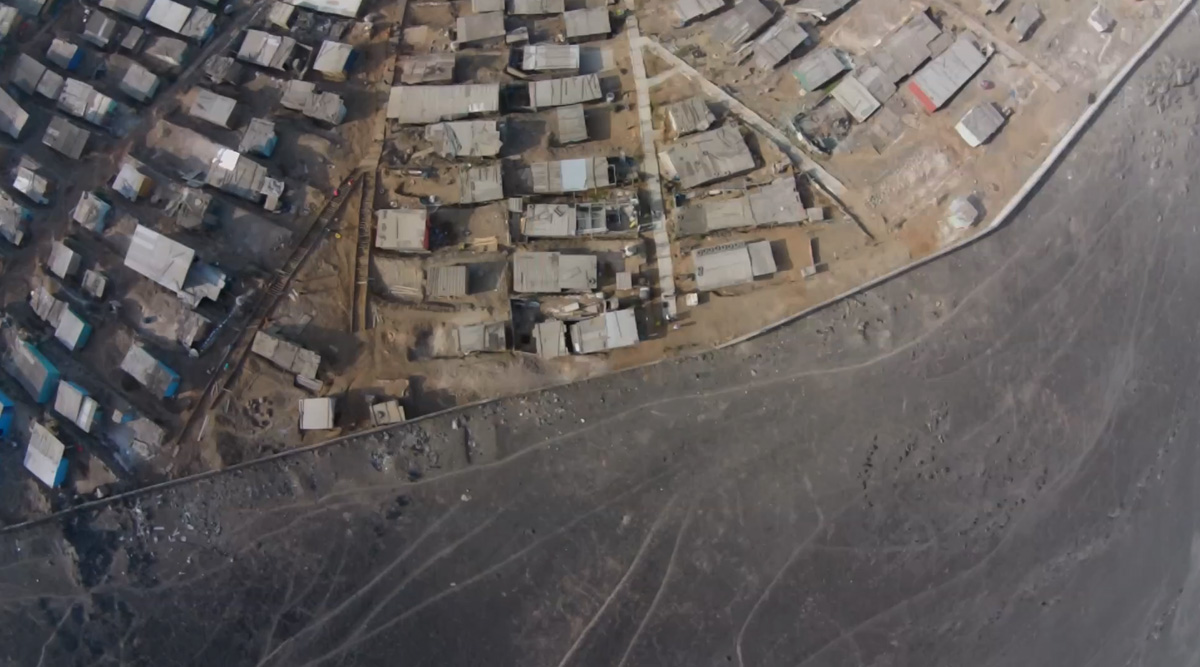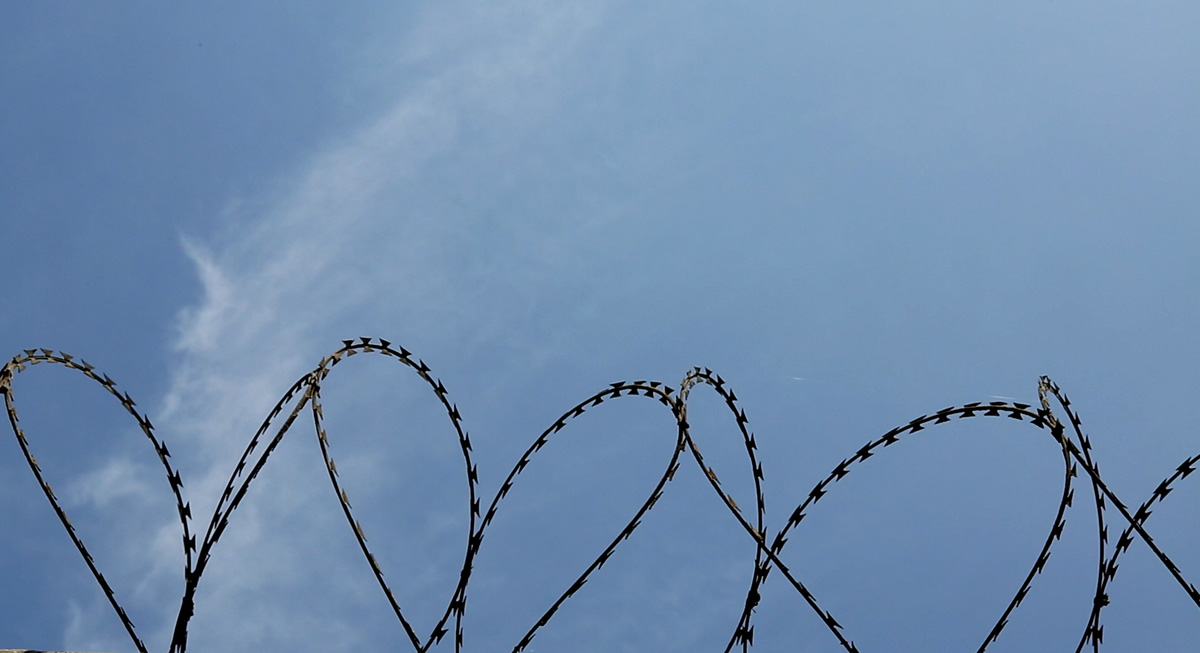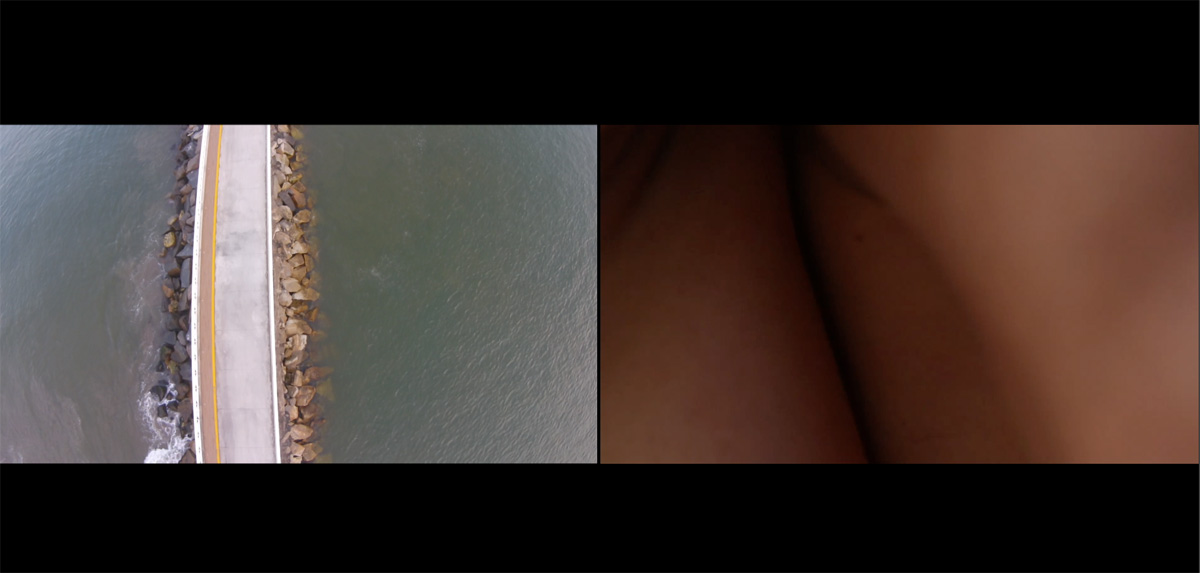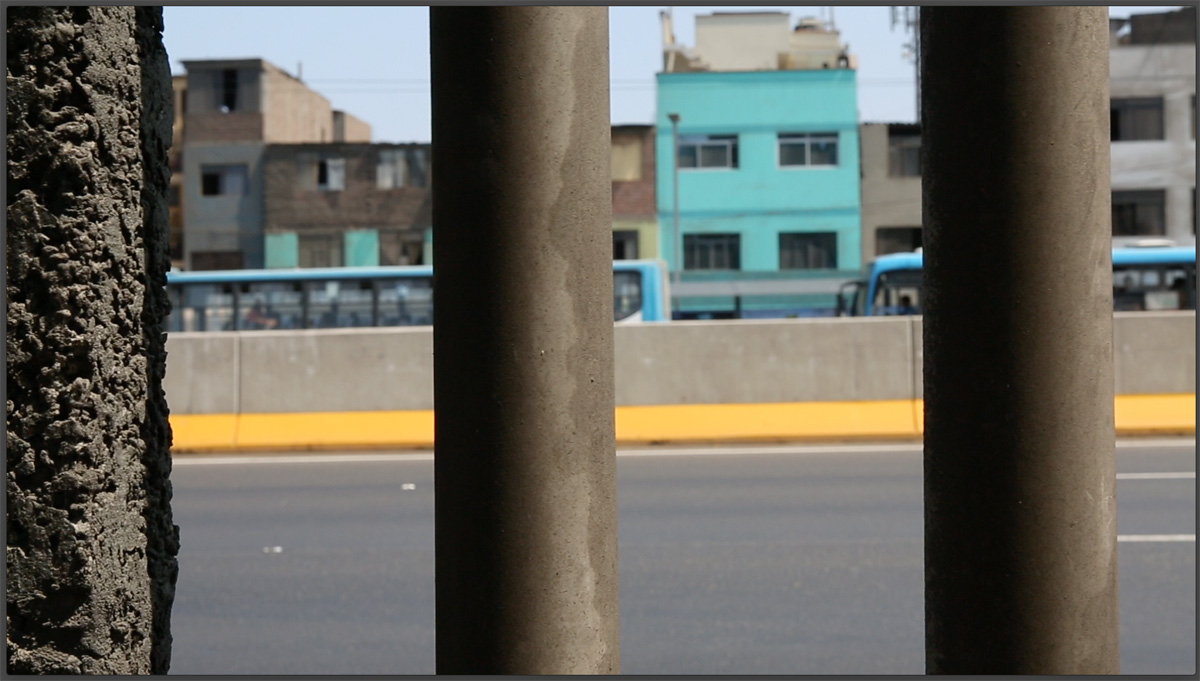Hector Mata Studio
The American photographer Hector Mata has evolved a potent approach to both conceptual photography and video during the last decade. This has given a striking, thought-provoking turn to his recent work in the visual arts, in which he addresses contemporary issues.
If before, when he was in his twenties, his stance was that of a trueblood photojournalist, he has developed a fine visual proposal, partly based on a quest for information that converses with both the research aspects and the empathy of the individual engaging in photojournalism; and partly, on the ethos of contemporary visual narratives. Through the use of subtle conceptual filters, Mata puts the accent on the displacement of the experience of the real, in the construction of his photographic images, and introduces framing devices to channel emotion. In video, Mata has fused his penchant for the construction of meaning through the carefully-structured visuality of the images and the expressive generation of rhythm through editing, with a stark viewpoint on objects and individuals that reveals his understanding of the man in the street as an actor in everyday life: one whose destiny can change dramatically in the heat of the moment but who is also known to rise to the situation and transform the commonplace by the sheer impulse to reject all the givens. The characters in his video narratives, more often than not are heroes without the heroics the public wants to see; and it is interesting to consider that Mata, for one, does not appear to be interested in portraying self-invented and promoted anti-heroes.
In his recent work, Mata is exploring the experience of the moving image from the perspective of the viewer, inducing the participant into an hypnotic trance. The world described in recent videos show us what it appears to be urban landscapes in perpetual motion. A dirty, abstract view of cities in their constant transformation. The use of sound that he carefully design accelerates the sense of fluidity and the non permanence of matter. Reality as we perceive it, is gone. A new reality replaces it.
Separacion
Roxana Artacho and Hector Mata’s installation “Separacion” (“Separation”) is oriented towards a reconciliation between the idea and the craft, in this case, within the realm of two different arts: sculpture and audiovisual language.
While the central idea of the project is clearly defined by the title itself ("Separation"), its materialization implies a mastery of techniques that indicate the maturity of both artists. On the one hand, building a brick wall with an intentionally unfinished look, which refers to a specific idea of the country both artists live at the moment, a society that is actually redefining itself, with undeniable contradictions such as, discrimination and the external use of economic power in their intimate and underhanded projection.
Textures, shapes, color and clay mixture, with exposed beams complement the idea of a country “unfinished” and expose the direction of change and the difference, its multiple identity contained in the brick’s wall, ideas that are present in other parts of the installation, especially in the confusing and overwhelming sound that accompanies one of the videos, obtained from the combination of multiple Peruvian languages. The result adds a chaotic component, alluding to the country's instability. The videos that subtly expose the control system and monitoring, the tangible expression of the ghetto, imposed on our country by mistrust, insecurity and all that hides.
The installation also integrates an audio from Tucson’s artist, Glenn Weyant *, who has been working for more than 10 years in the area of the wall that divides the United States and Mexico. A New Jersey’s native, Weyand gives a voice to the iconic wall that separates both countries and its abstract quality, provides a certain universality that is associated with other walls in the world whether separating countries (Palestine / Israel, USA / Mexico) or territories within countries (Lima, Tijuana, Buenos Aires, Santo Domingo, Sao Paulo)
All parts of the installation bring together and individually to the original concept in a surprising dialogue between various artistic mediums. The installation moves away from the proposals of post-modernism and conceptualism in regards to the dematerialization of the art object in favor of the idea as it was defined by Lyotar in 1979. Mata and Artacho’s proposal is a return to reality and to the materiality of the art object, a commitment undertaken from a deep analysis of art in relation to reality, a reality understood from multiple angles and meanings.
Necessity and beauty, two features art from prehistory, are combined in "Separation". As defined by Adolfo Vásquez Rocca in their analysis of contemporary art:
Facing the conceptual art where the work is a speech that is semantically defined by it, that is, a correlative linguistic description that informs, there is the post-conceptual art where the work tends to a direct interaction, committed to a non-verbal communication. Here the visual experience is presented as a kind of irreducible knowledge. An art that provides a particular resistance to domestication. In a universe dominated by metaphors, messages and other discursive constructs childishly overblown, and that again, captivate the opposite aesthetic intentionality, blocking the bridge between different symbolic universes.
Hector Mata Studio
The American photographer Hector Mata has evolved a potent approach to both conceptual photography and video during the last decade. This has given a striking, thought-provoking turn to his recent work in the visual arts, in which he addresses contemporary issues.
If before, when he was in his twenties, his stance was that of a trueblood photojournalist, he has developed a fine visual proposal, partly based on a quest for information that converses with both the research aspects and the empathy of the individual engaging in photojournalism; and partly, on the ethos of contemporary visual narratives. Through the use of subtle conceptual filters, Mata puts the accent on the displacement of the experience of the real, in the construction of his photographic images, and introduces framing devices to channel emotion. In video, Mata has fused his penchant for the construction of meaning through the carefully-structured visuality of the images and the expressive generation of rhythm through editing, with a stark viewpoint on objects and individuals that reveals his understanding of the man in the street as an actor in everyday life: one whose destiny can change dramatically in the heat of the moment but who is also known to rise to the situation and transform the commonplace by the sheer impulse to reject all the givens. The characters in his video narratives, more often than not are heroes without the heroics the public wants to see; and it is interesting to consider that Mata, for one, does not appear to be interested in portraying self-invented and promoted anti-heroes.
In his recent work, Mata is exploring the experience of the moving image from the perspective of the viewer, inducing the participant into an hypnotic trance. The world described in recent videos show us what it appears to be urban landscapes in perpetual motion. A dirty, abstract view of cities in their constant transformation. The use of sound that he carefully design accelerates the sense of fluidity and the non permanence of matter. Reality as we perceive it, is gone. A new reality replaces it.




